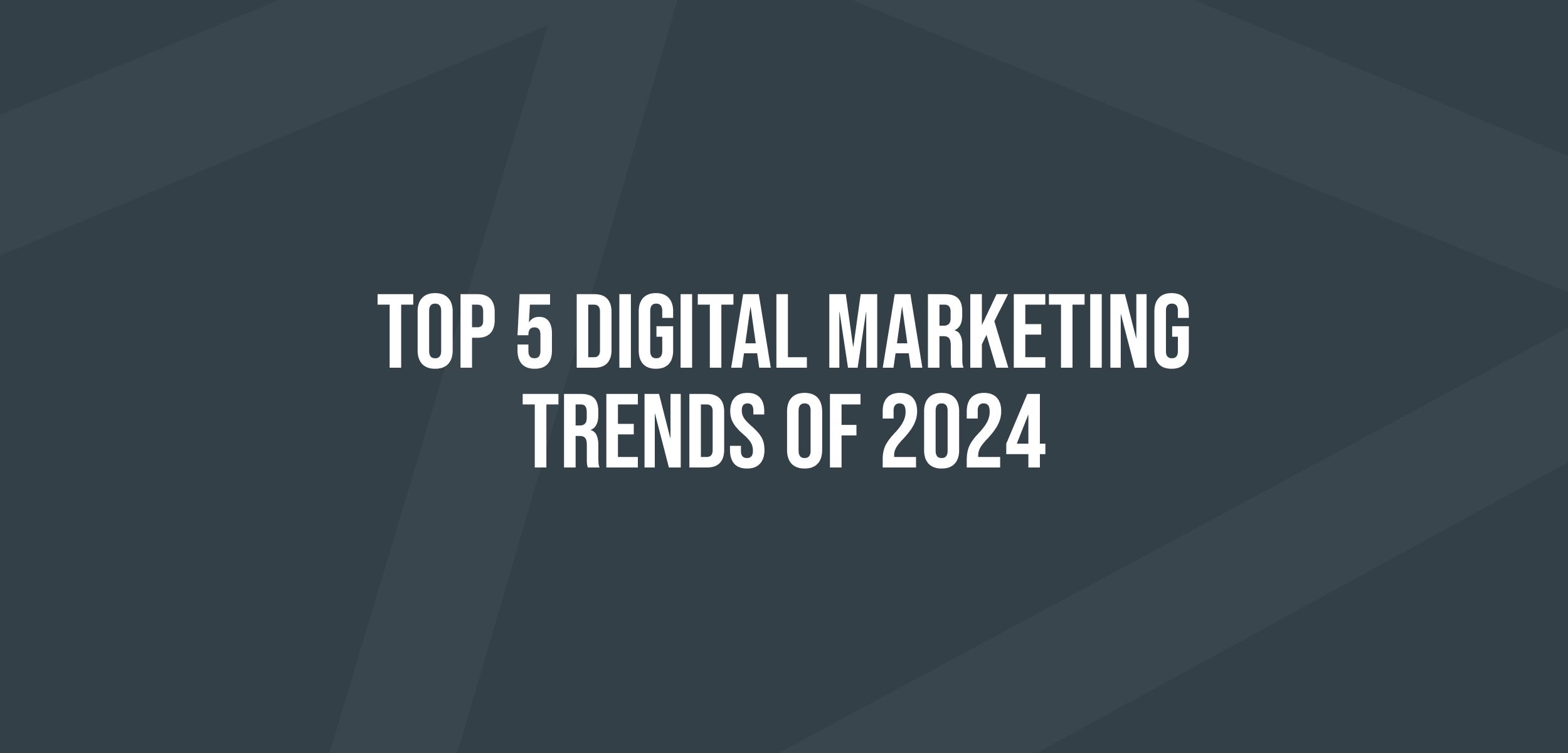
Multi-language B2B market development: beyond words
The European Union (EU) is the world’s largest economy, towering over the US, China and India respectively by quite a long way, and its growing commercial integration makes it a great and highly accessible marketplace.
But by US standards, the EU is the new kid on the Federal block, emerging in the 1950s and over 160 years later than our American cousins. So there’s a long way to go to reach US levels of integration in commerce and governance, and even further to go in unifying business culture.
24 languages, one B2B market
And while the most widely spoken language in the EU is English, which is understood by 51% of adults, there are 24 official EU languages, but in practice only two – English and French – are in wide general use.
But unlike our closest rival in the super-economy league table – the US – where there are just two languages, with the most widely used being American English and Spanish the second most common language, spoken by approximately 35 million people, the EU presents some unique complexities.

At first sight, it may seem that translating your website into some or all 24 languages may ensure deeper federal market penetration, but the reality is that language itself is just one barrier to these markets.
Not just lost in translation
At first sight, it may seem that translating your website into some or all 24 languages may ensure deeper federal market penetration, but the reality is that language itself is just one barrier to these markets.
The other issue – and an equally significant one – is business culture. In short, what will engage and persuade in one regional business culture will not necessarily deliver the same market penetration and performance in another.
In-depth research is key
What this means is in order to communicate effectively with EU B2B target markets, a clear understanding of the business culture is key. And that covers everything from how products are sourced, selected and purchased, to how they are utilised locally.
When this is understood, then developing a close understanding of effective in-region marketing strategies, and how these may be applied needs careful consideration and implementation. Here, in-depth market research will save a lot of time and money.

Streamlined regional prioritisation
This in-depth market research will give you a clear insight into your target EU markets, and there will be considerable differences in both strategic approach and communications campaign format, which could, in theory mean 24 versions of the same communication.
The simple fact is that this would become prohibitively time consuming and expensive very quickly, so from this research needs to come some detailed strategic market analysis, including phased prioritisation of the most lucrative regions.
Re-interpretation rather than translation
With this phased regional prioritisation in place and using your regional market research, you can now start to assess communications for the selected regions, and while the initial communications should be developed in English, this will need to be re-interpreted rather than translated for in-region use.
Content development in English – the most common EU language – is important as it allows each translator to work from a common text in a language he or she will most likely be fully fluent with. And content re-interpretation rather than translation also offers other communications opportunities.
It’s not what you say, it’s the way you say it
Content re-interpretation allows local, in-region translators to interpret marketing communications in way that resonates with the local market, channelling and guiding prospects and customers, and fully optimising engagement in all local markets.
This re-interpretation means that using the central core messages and brand values developed in the English language version content can be precisely targeted to maximise market impact and penetration in specific regions.
Multi-language SEO
Local language search engine optimisation (SEO) will be critical to optimising regional website visibility and therefore should be implemented as a part of the local content re-interpretation programme.
This process will call heavily on the re-interpreted content which, if developed properly, will contain all relevant phrasing in the on-page content, and this can be very simply applied to metadata.
Lucrative and diverse markets
When entering lucrative but highly diverse markets like the EU, guidance from a digital marketing agency with not only local but pan-European experience is essential.
Formulating a strategic EU market development plan and partnering with an experienced agency in prospective high value markets such as Europe offers great potential for solid long-term business growth.
Novacom is an award winning B2B digital marketing and customer experience agency focusing on delivering transformation initiatives that deliver real value for our global clients.
© 2024 Novacom Group Limited. All rights reserved. Legal and Privacy



